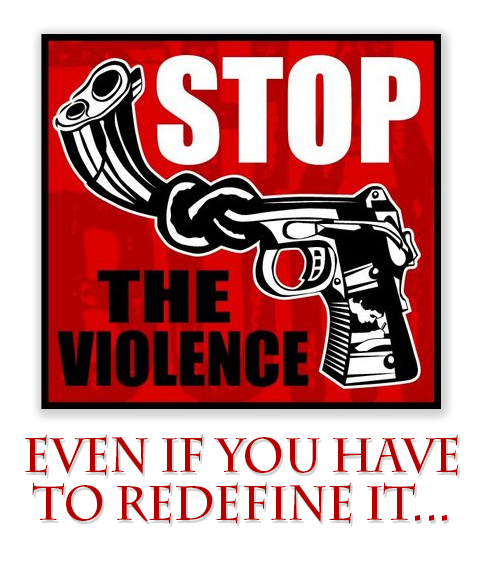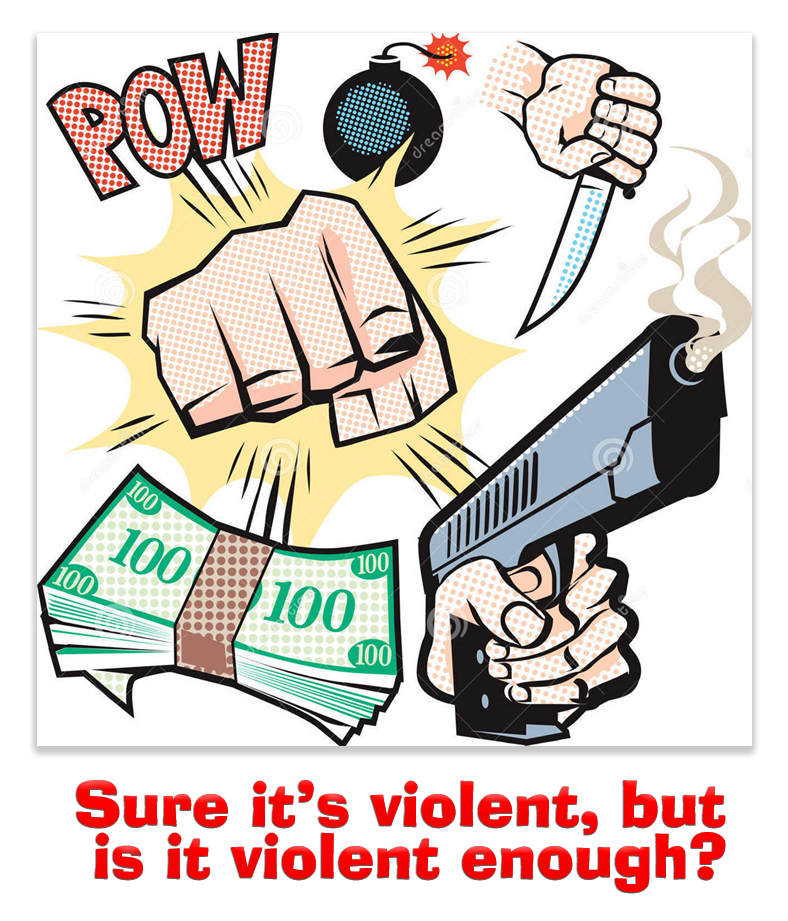We post news and comment on federal criminal justice issues, focused primarily on trial and post-conviction matters, legislative initiatives, and sentencing issues.

7th CIRCUIT STRAINS TO FIND AIDING AND ABETTING HOBBS ACT ROBBERY IS VIOLENT
It’s been pretty clear – at least clear to me – ever since the Supreme Court’s United States v. Taylor decision last June that the aiding-and-abetting doctrine was due for a “crime of violence” makeover.
 A little explainer here: If a person commits a crime of violence while possessing, carrying or using a gun, he or she can be committed not just of the crime of violence but also of an add-on gun offense under 18 USC § 924(c). Prosecutors love § 924 counts, because the offense carries a mandatory consecutive sentence of at least five years (more if the perp brandishes or fires the gun).
A little explainer here: If a person commits a crime of violence while possessing, carrying or using a gun, he or she can be committed not just of the crime of violence but also of an add-on gun offense under 18 USC § 924(c). Prosecutors love § 924 counts, because the offense carries a mandatory consecutive sentence of at least five years (more if the perp brandishes or fires the gun).
But what exactly is a “crime of violence?” The definition is not as easy to understand as one might think. The latest entry in cases trying to parse the meaning was last June’s Taylor decision.
Taylor held that attempted Hobbs Act robbery was not a crime of violence, because one could attempt a Hobbs Act robbery without actually attempting, threatening or using violence. If, for example, Dexter Defendant is arrested in a jewelry store parking lot with masks and a gun as he approaches the front door, he could have been convicted of an attempted Hobbs Act robbery without trying to threaten or employ violence at all. In fact, the people inside the store might not even be aware that they were about to be robbed. Sure, Dexter can go down for an attempted Hobbs Act robbery (and get plenty of time for that), but he could not be convicted of a § 924 offense.
The same can be argued for aiding and abetting a crime.
 Dejuan Worthen and his brother robbed a gun store. His brother shot and killed the proprietor. Dejuan was convicted of aiding and abetting the Hobbs Act robbery by being the getaway driver. He was also convicted of a § 924(c) offense for using a gun during a crime of violence (the Hobbs Act robbery).
Dejuan Worthen and his brother robbed a gun store. His brother shot and killed the proprietor. Dejuan was convicted of aiding and abetting the Hobbs Act robbery by being the getaway driver. He was also convicted of a § 924(c) offense for using a gun during a crime of violence (the Hobbs Act robbery).
Dejuan argued that aiding and abetting a Hobbs Act robbery was not crime of violence after Taylor. Dejaun contended that he could have aided or abetted his brother’s crime by providing the gun to his brother the night before the robbery, not even knowing when the crime was to happen.
Last week the 7th Circuit disagreed, suggesting that the question may end up at the Supreme Court.
The 7th said that the “question becomes whether accessory liability changes the analysis” that a Hobbs Act robbery is a crime of violence The Circuit said aiding-and-abetting is not a separate offense under 18 USC § 2, but instead “just establishes that someone who aids and abets a federal crime has committed the federal crime itself.” That is so, but 18 USC § 2 does the same for “attempting” a crime, a fact that didn’t stop Taylor from holding that attempting a crime of violence is not a crime of violence itself.
The 7th admitted that “because an aider and abettor does not need to participate in each element of the offense, a defendant can aid and abet a Hobbs Act robbery without personally using force — say, for example, by serving as the getaway driver from a violent robbery.” But because the Supreme Court rejected a similar argument in Gonzales v Duenas-Alvarez, a 2007 case in which aiding and abetting a state theft offense was a “theft offense” subjecting a noncitizen to removal under the immigration laws and because the Taylor decision did not overrule the 15-year-old decision, the same reasoning applied here.
 The Circuit’s reasoning is flawed. No one questions whether Dejuan was guilty of the Hobbs Act robbery as an aider and abettor, just like no one questions whether Taylor was guilty of Hobbs Act robbery because of his attempt. The issue is different: was Dejuan’s aiding and abetting enough to make him liable under the § 924(c) statute, too?
The Circuit’s reasoning is flawed. No one questions whether Dejuan was guilty of the Hobbs Act robbery as an aider and abettor, just like no one questions whether Taylor was guilty of Hobbs Act robbery because of his attempt. The issue is different: was Dejuan’s aiding and abetting enough to make him liable under the § 924(c) statute, too?
When Taylor was decided, it was pretty clear that the same reasoning suggested that aiding and abetting a crime of violence was not a crime of violence itself. Until Taylor, almost all of the circuits had ruled the other way. The same could happen to liability for aiding and abetting a crime of violence.
United States v. Worthen, Case No. 21-2950, 2023 U.S. App. LEXIS 5133 (7th Cir., March 2, 2023)
– Thomas L. Root

